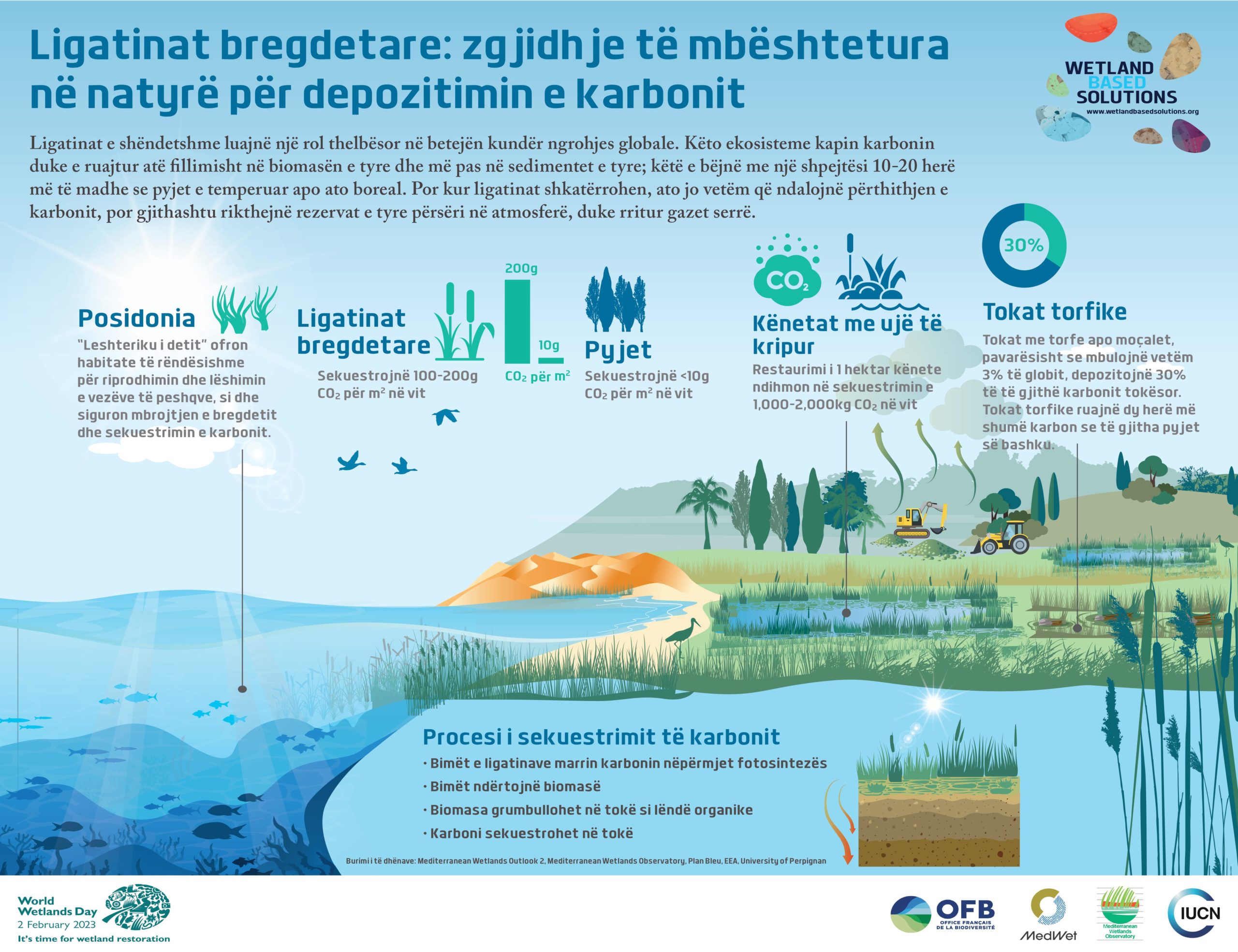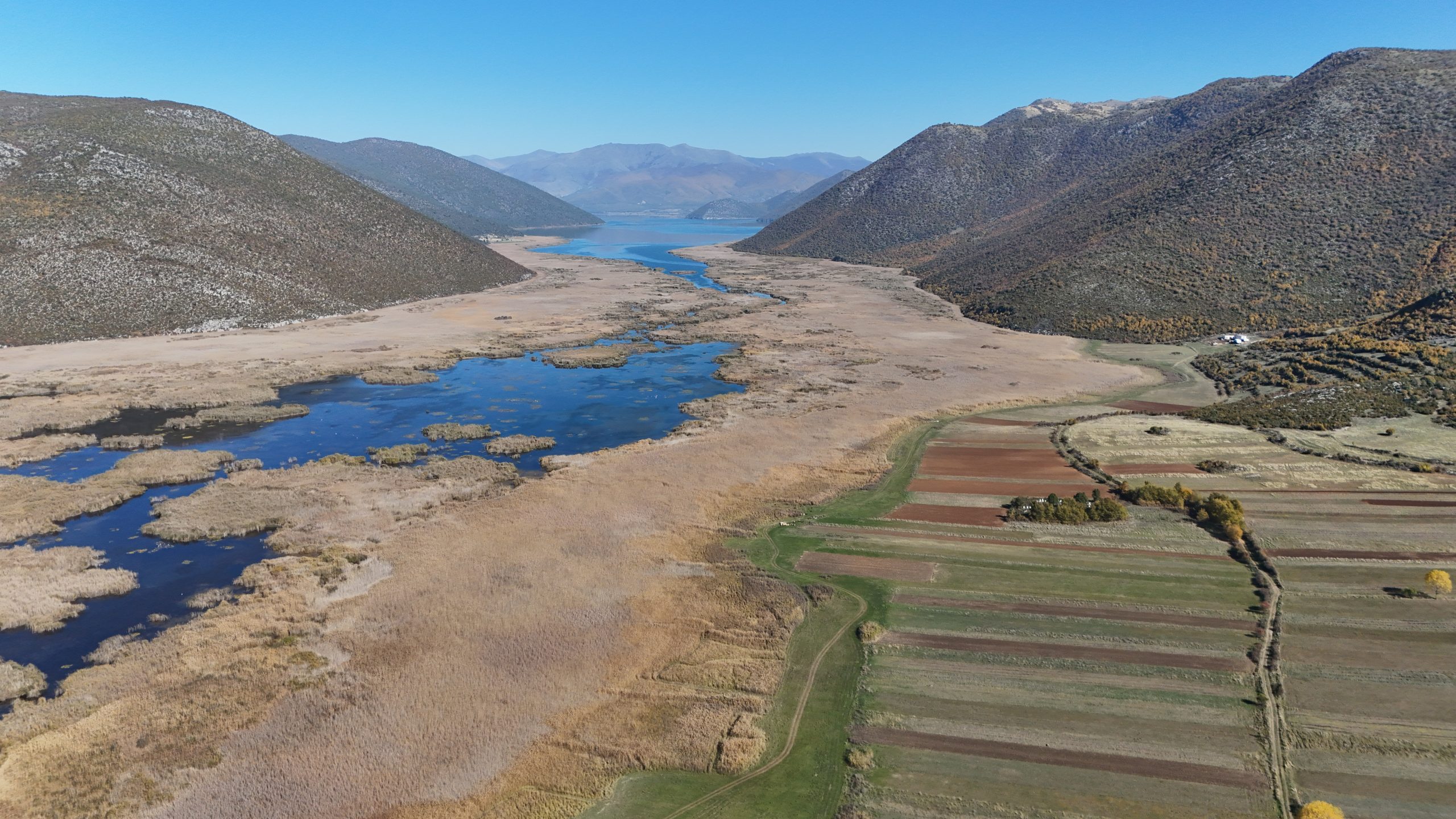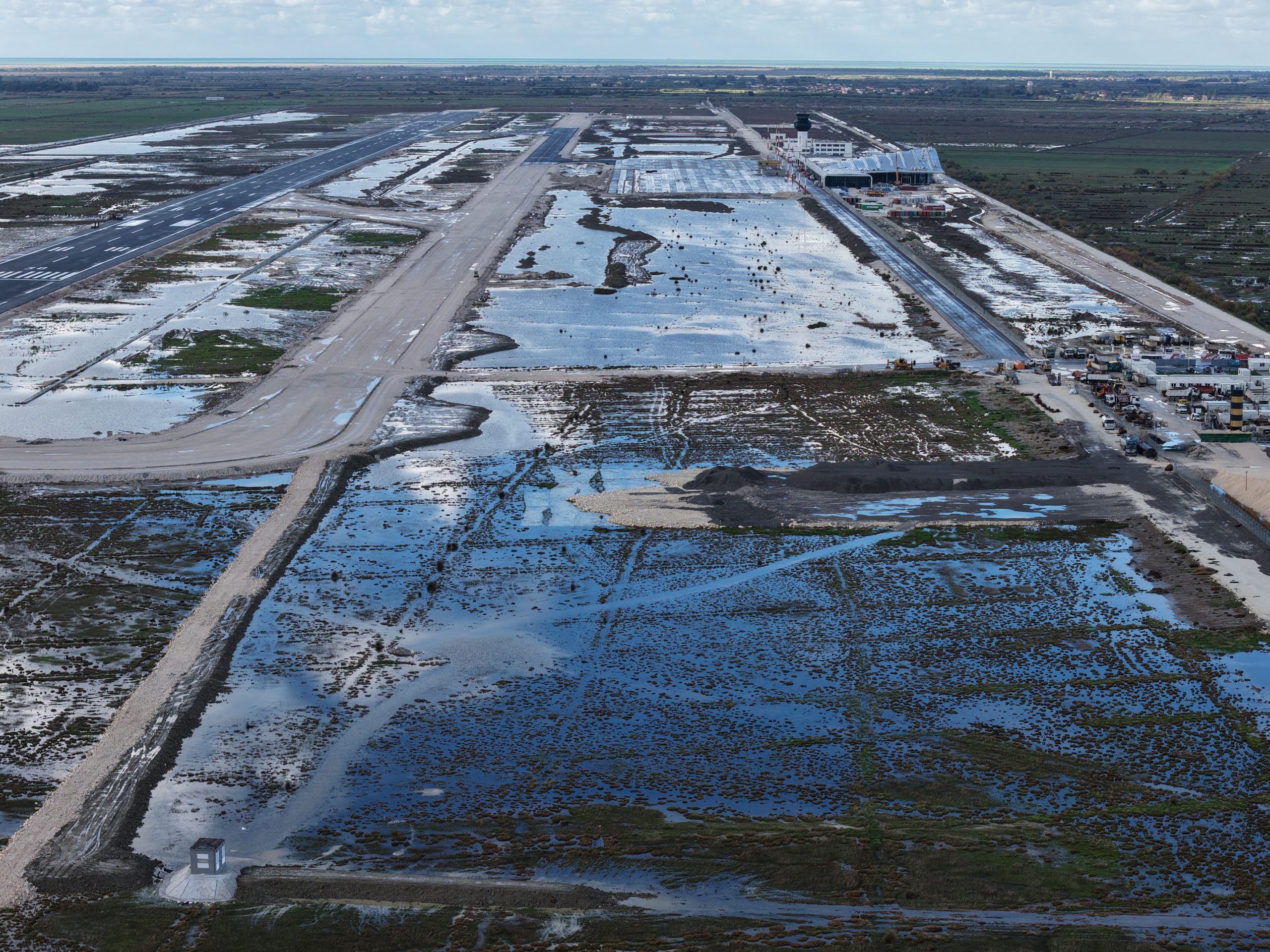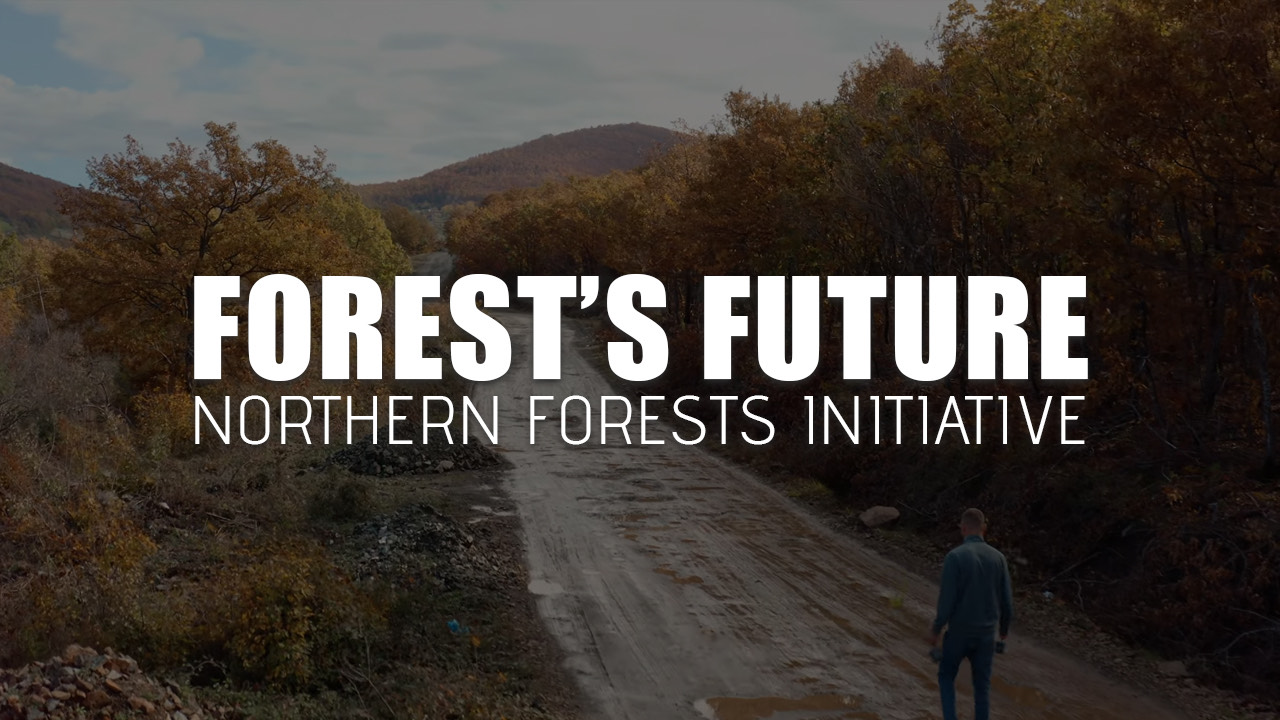Wetland & degradation
Wetlands of the Prespa basin have long been recognized for providing refuge to important biodiversity, while also playing a central role in the well-being of the local communities that have evolved around them through centuries. Nonetheless, both lakes are not impervious to human-induced pressures, including climate change, which is leading to increasing degradation of their wetlands in recent years. Long-term drought events, reduced precipitation and subsequent effects on water resources, and an evident water level decrease, especially for Great Prespa, are just some of the effects of the climate crisis that increasingly affect the Prespa basin.
Effects of climatic crisis and the need for wetland restoration
Effects of climate change in the Prespa basin are particularly evident in the dynamic wetland ecosystems and may confer dramatic changes to the composition of wetland vegetation, the functions of wetlands, as well as to the ecosystem services they may provide, i.e., the benefits that humans derive from lakes and wetlands. As reedbeds expand and wet meadows shrink, fish spawning grounds may decrease, potentially affecting the fishery in the long term. As riparian belts of alder forests disappear, their role in erosion and flood control, nutrient removal from agricultural runoff or habitat creation decreases. As wetlands desiccate, amphibians lose their reproductive centers and we lose an important pest (mosquitos and other insects) regulator.
The need for wetland restoration is beyond imperative and needs to be prioritized on all sides of Prespa.
Addressing wetland degradation:
In an effort to address wetland degradation around both Prespa lakes, the PrespaNet organizations produced a transboundary map of wetland habitats. Based on the EU Habitats’ Directive guidelines, this transboundary mapping was completed in 2021 and revealed an extensive habitat mosaic, with 13 priority habitats of ecological value, 7 of which are shared by all three countries. In parallel, pressures and threats against their integrity and functions were recorded, particularly in light of reducing water levels and long-term droughts caused by the climatic crisis.
Implementation of measures to counteract pressures
This first ever record of the most important pressures and threats guided the formulation of appropriate restoration proposals, based on which PrespaNet organizations can direct their actions around the wetland at the local level.
MES pioneered, both nationally and at the transboundary level, the restoration of alder forests, an EU priority habitat, within the Ezerani Nature Park. So far, an area of 0.8 ha within the Nature Park has been restored through the planting of 1000 seedlings, while at least 2000 more seedlings have been produced in cooperation with the local nursery of the public enterprise “National Forests” in Asamati. Since 2021, MES is monitoring the dynamics of shoreline habitats and the threats they face, focusing on a potential succession of wetlands to dry habitats and the expansion of agricultural land. Finally, MES has implemented pilot management activities over 10 hectares of wet meadows in Ezerani Nature Park, while related monitoring and research activities on their ecological function, particularly viz-a-viz lake water quality and water level reduction, will further support restoration activities.
The mapping of priority habitats in Prespa National Park, Albania not only contributed to the identification of five priority habitats but also determined their conservation status and threats. In order to address overgrazing, a significant threat in all four main villages along the lake shore, PPNEA started to prepare a grazing management plan during 2022, together with a team of experts. The study involved the installation of 14 experimental plots in all habitat types, in order to understand the impact of grazing on habitats and plant diversity. In support of this study, 42 questionnaires were conducted with livestock farmers from Prespa. The findings will help the protected areas administration to carry out better management practices and sustainable use of these habitats. The experience of PrespaNet partners will also guide PPNEA’s efforts to restore a remaining alder stand in Lesser Prespa lake, expected to additionally contribute to the control of nutrients and consequently water quality.
Building upon the long-term experience in the conservation of endemic fish populations and important breeding waterbird species through the restoration of wetlands, the SPP has recently expanded action to restore over 350 hectares of wet meadows and other littoral habitats in Lesser Prespa lake. Restoration actions under the LIFE Prespa Waterbirds project (2007 – 2021) aimed to ameliorate the effects of low water levels in spring that leave spawning and feeding grounds dry and the rigorous expansion of reedbeds into wet meadow habitats, while addressing other effects of the climate crisis, such as reed fire expansion, through the creation of firebreaks around important waterbird colonies.
Since 2022, wetland restoration work in Greece is expanding within the watershed, to important riparian and forest habitats, including alder forests, within the streams of the basin and along Great Prespa lake. In this direction, the SPP is implementing the “Prespa’s Green and Blue LifeLines” project, which aims to better understand and promote the functions and values of these ecosystems. Activities so far included scientific data collection, tackling threats to stream and adjacent habitats, rehabilitating areas as spawning grounds for endemic fish, raising awareness and increasing community involvement.
Long-term benefits of restoration and conservation activities
The benefits of wetland restoration across the Prespa basin are having a wider reach, positively affecting the local communities of the transboundary area. Managing wet meadows and other littoral habitats can produce significant amounts of fodder or sustain grazing activities. In Lesser Prespa lake, stockbreeders are actively involved in mowing operations and benefit from the collection of hay bales, while also supporting vegetation management by allowing their herds to graze in specified littoral areas. On the other side, hay produced through wet meadow management in Ezerani Nature Park has benefitted the area’s stockbreeding community and the reproductive center for Red Deer in National Park “Galicica” creating an almost ideal synergy of conservation actions in the wider Prespa area.
Restoration of alder forests is expected to benefit the local communities through flood and erosion control, but in the case of Ezerani Nature Park the action of raising seedlings through the support and involvement of local nurseries demonstrates that such activities can even provide jobs and improve the livelihood for the local population in the future. The role of local protected area authorities is key to supporting and organizing activities, while collaboration is sought at all levels at various stages. The PrespaNet partners organize training activities for university students, young professionals and practitioners, as well as implementing environmental education activities for local schools and information events for the local communities. Since 2018, the PrespaNet partners and key protected area authorities of the Prespa basin have formulated a working group and meet annually to discuss progress, exchange information and promote joint actions related to wetland restoration.
The need to co-ordinate conservation efforts at the transboundary level in a shared lakes basin is one of the driving forces behind the PrespaNet network. PrespaNet is currently working with EuroNatur on the three-year ‘Prespa Project’, funded by the Prespa Ohrid Nature Trust and the Aage V. Jensen Charity Foundation.
The Society for the Protection of Prespa in Greece benefits from the support of the Donors Initiative For Mediterranean Freshwater Ecosystems (DIMFE), for current wetland restoration activities that are implemented under the “Prespa’s Green and Blue Lifelines” project.




